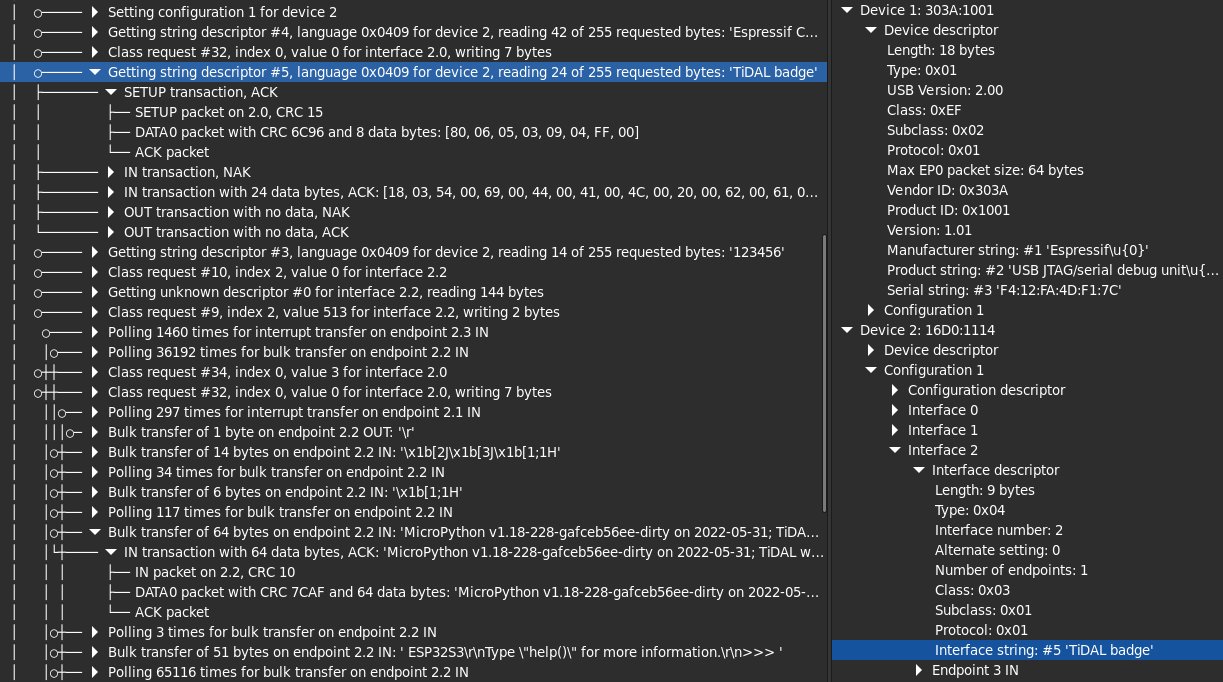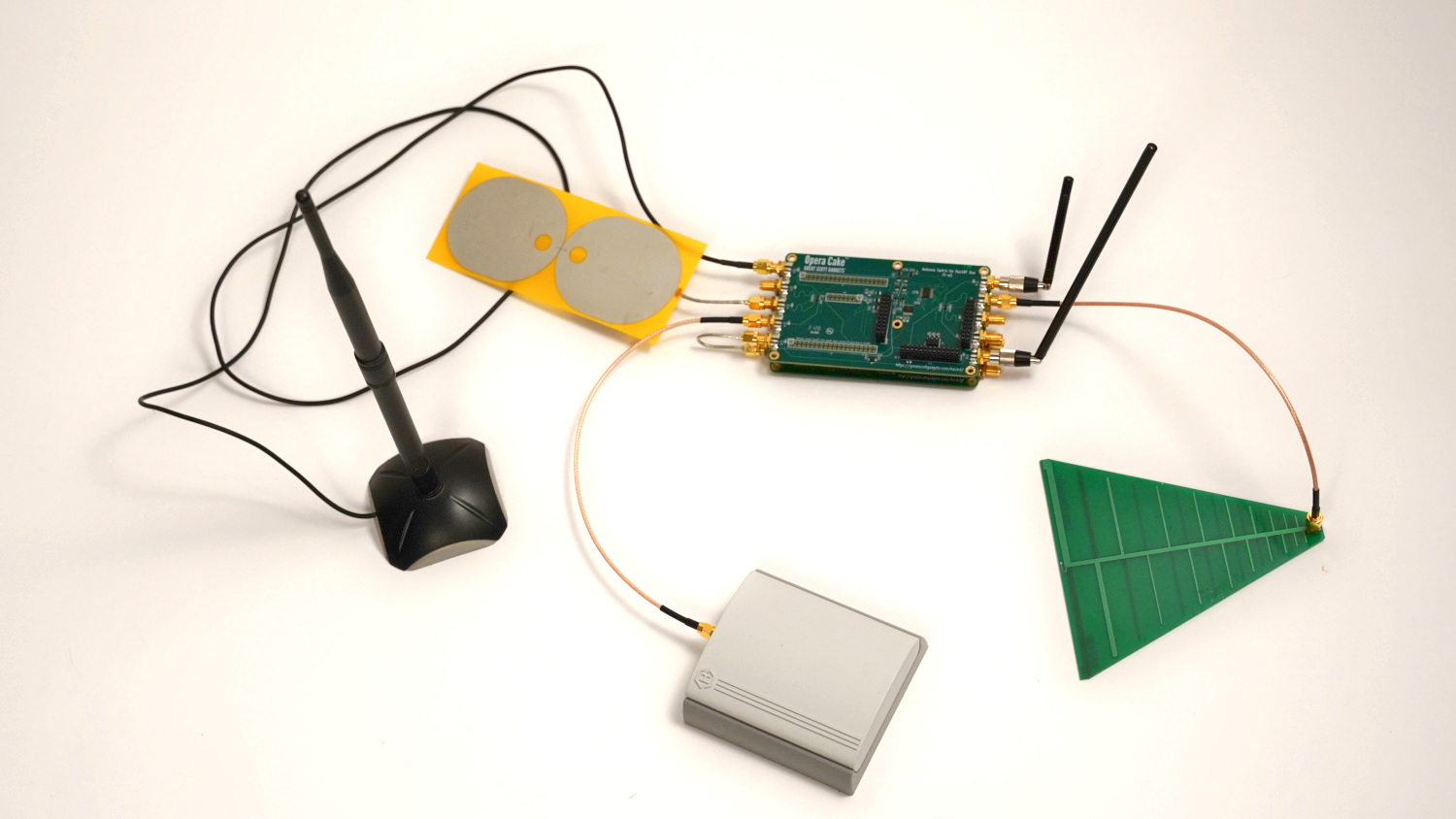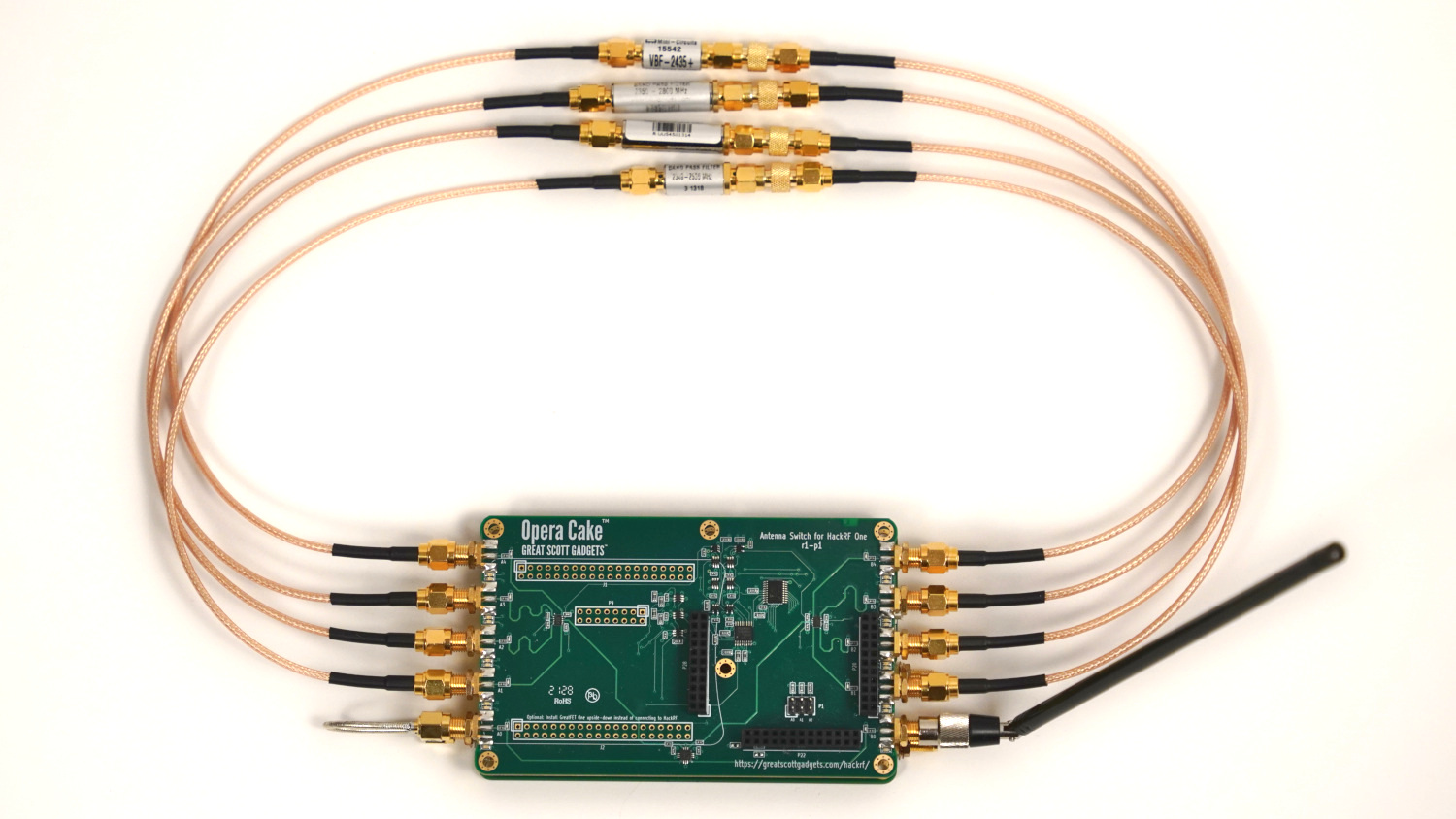HackRF One Shortage
The past couple of years have been challenging for Great Scott Gadgets. The global chip shortage in particular has put demands on our team unlike anything we’ve faced in the past, and we have been working hard to navigate its effects on our supply chain for HackRF One and our other products. Revenue from the sale of hardware sustains our business, allows us to improve our existing products, and helps us to continue the research and development work that brings new and innovative open source tools to the community. If you have tried to purchase a HackRF One recently, you may have found that many of our resellers are sold out. That is because our resellers have orders in with us that we haven’t been able to manufacture and deliver (yet).
Despite careful planning and ordering components more than a year in advance, we are off-schedule with production of HackRF One. This is primarily due to the unavailability of two components that don’t have simple substitutions: HackRF’s clock generator chip (SI5351C) and RF transceiver IC (MAX2837). We made deposits to chip suppliers for these two components in Autumn of 2021, and had planned to complete production in Autumn of 2022. Based on the lead times given to us when we placed our orders, this should have been a realistic timeline. However, in the second quarter of 2022, we learned from our contract manufacturer that MAX2837 would be delayed to June of 2023, almost a year later than promised. SI5351C was delayed to March 2023. We even had a backup order of SI5351C that was canceled by the supplier completely.
These component delays could have delayed the production planned for Autumn of 2022 to late Summer 2023 and caused a lengthy HackRF One shortage. Thankfully the Great Scott Gadgets team responded quickly to identify and source two available substitute components that (with significant redesign effort) allowed us to begin a production run of HackRF Ones this year. Since identifying substitute components earlier this year, our engineering team has completed a new revision of HackRF One to accommodate the substitutions while continuing to deliver the performance users expect from HackRF One. Production of this new revision is currently in progress.
Thanks to the diligent work of our engineering team, the HackRF One shortage will not be as long as we had initially feared based on the component delays. However, our warehouse shelves are empty at the moment as we wait for our China-based contract manufacturer to complete production. We currently have almost 2,000 units in HackRF One backorders from our resellers waiting to be filled. Last week, we learned that the COVID-19 outbreak in China will delay production into January 2023, and possibly into the Chinese New Year holiday, when the factory will close for a couple of weeks near the end of January. That means that we can expect delivery to resellers in February 2023 if there are no further unforeseen delays.
If you have a preorder in with one of our resellers for HackRF One, please be patient with them. It’s likely that, like Great Scott Gadgets, they planned ahead and did everything they could to keep HackRF One in stock, but there are many things happening right now that are beyond their (and our) control. We thank you for your continued support of our resellers and of Great Scott Gadgets.




